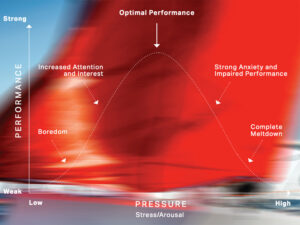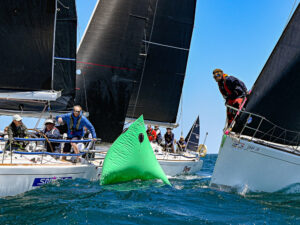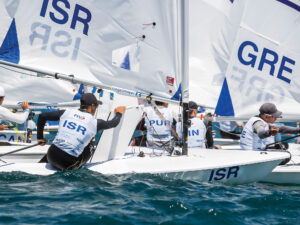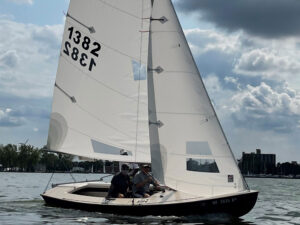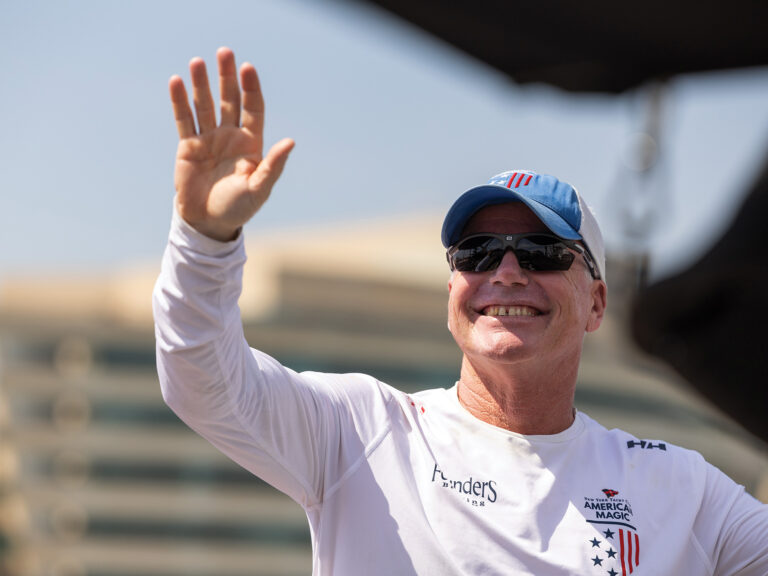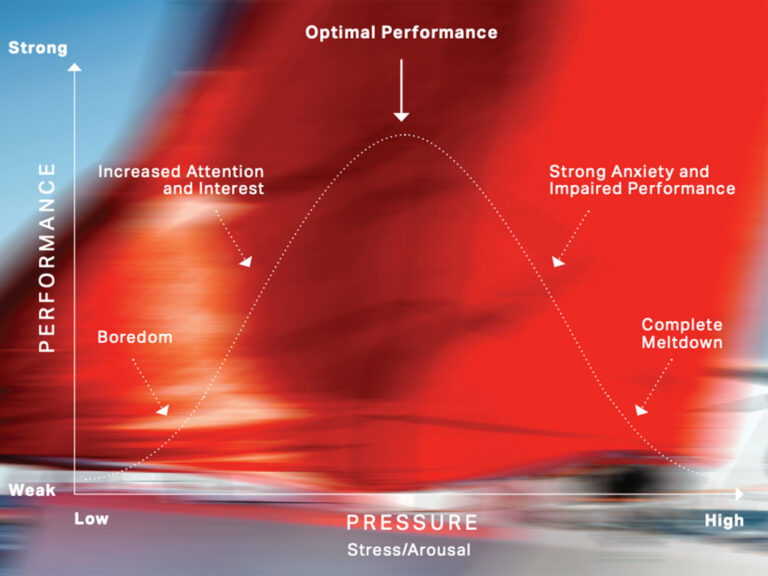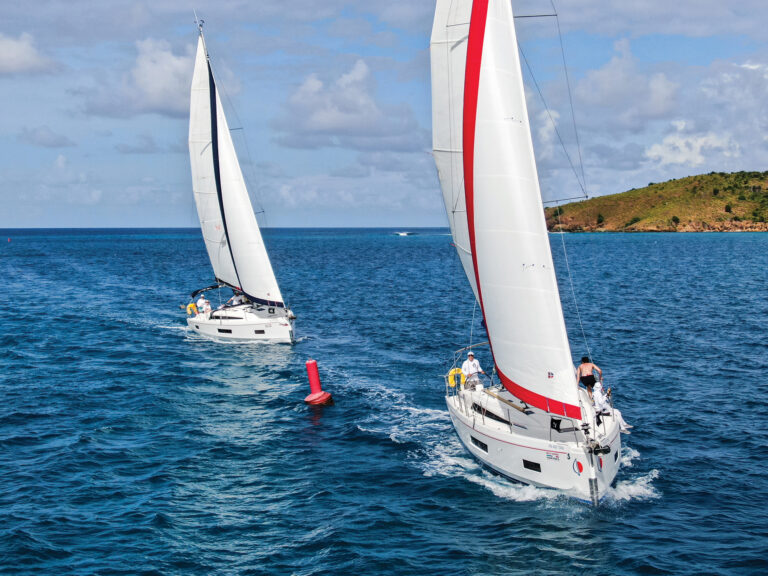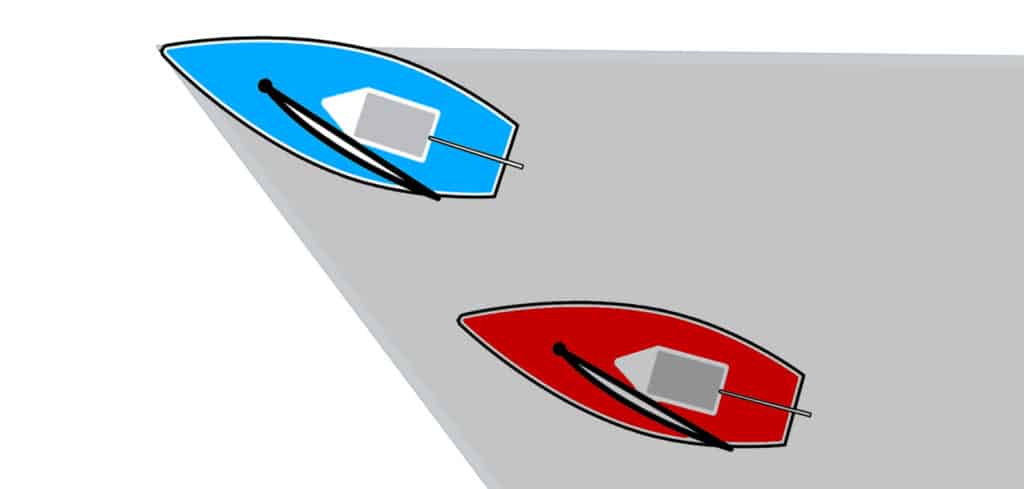
I recently read the classic racing book Keys to Racing Success, by Bob Bavier, written in 1982. Chapter 8 is entitled: “Don’t Cover Early—Do Cover Late.” The esteemed author, one of the most successful racers of his generation, proceeds to illustrate how important it is to use your leverage to your advantage in the young part of a race, using examples from his 12 Meter and Bermuda Race days. He gives you permission to not cover, instead go for it a bit, take your best guess, and play it hard. Don’t be chicken.
However, at some point, you become much more defensive. “Although it is foolish to cover or to consolidate too much early in the race, it is even worse not to do so in the later stages.” Bavier then recounts several embarrassing America’s Cup or Trial races lost by not covering, which we were all taught when we learned to race. How many times did you hear a parent advise: “All you have to do is cover.” As if it was that easy.
The key point is, nobody ever told you to sail more aggressively early in the race, which is a liberating concept. You can divide the race in halves: the attacking, more free-form first two legs, and the defensive, consolidating final upwind and downwind legs. You can take a few more liberties and really trust yourself early in the race, and then buckle down and reduce risk later.
Success in sailing comes from discipline, boatspeed, a bit of intuition, and the ability to take a chance to make a big gain possible. Maybe we should more strongly engage that intuitive side of our thinking in the first half of the race. Then, after the leeward mark, try to consciously change our approach by imposing more tactical discipline and a fleet-control mentality. It worked for Bavier, and not much has changed about winning sailboat races since then.

